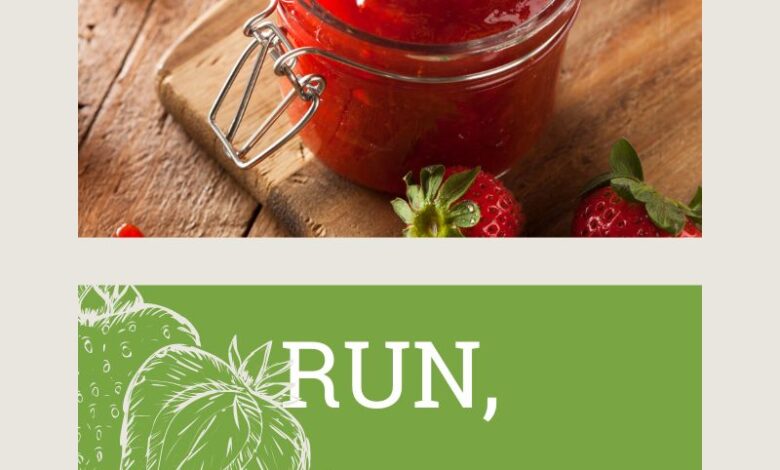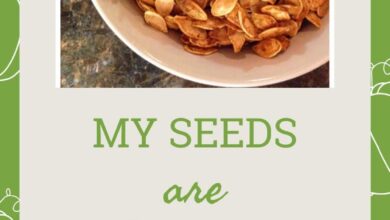Expired Pectin – Run, Jam, Run!

[ad_1]
Canning, drying, and freezing are all excellent ways to preserve the harvest. I will use any one of these methods, depending upon the food. We infrequently can, but when we do, we do big batches to make it worth the while dragging out the canning equipment. Fruit season is when we do the most canned processing and it always makes me nervous. Invariably, something will go wrong.
Canning Produce
When I was a kid, both sets of grandparents would spend much of the summer canning. They canned everything, including meat. I guess their generation, which had experienced the Depression, preserved food for a rainy day by habit. I am not as much of a prepper, probably part of the modern availability of things, but I do hate waste.
So, I am not a huge canner, preferring dried processing for its simplicity. It’s not that canning is hard, but you do have to follow the rules, and you have to bring out the equipment. I guess, I’m just lazy and would rather chop up my fruit or other produce and put it on the dehydrators. But some items are really better canned, so when the strawberries started coming in droves this year, I decided to make some jam. It produced mixed results.
Old Pectin
Strawberry jam is really quite easy to make. I like to make it fairly chunky so you get a nearly whole berry in every bite of your toast. Many fruits will set up on their own due to natural pectin, but strawberries really need some of that gelling agent. What is pectin? It is a naturally occurring solidifying agent that, when combined with sugar and acid, creates a gel action. Apples have loads of natural pectin, as do citrus fruits, but berries do not have it, and they need it added to the recipe to give the jam the ability to thicken. Commercial pectin is mostly made from dried citrus peels and has a slightly tart flavor.
My first batch of strawberry jam tasted delicious. I added the recommended amount of pectin and cooked it for a bit. Then I took it off the heat and prepared my cans. Everything went as usual, and the jar lids sealed. But I took some to my Dad and he called the next day telling me the stuff hadn’t gelled. He ate it over ice cream and it was great, but it wasn’t sufficiently solid to stay on his toast. So, I brought out a jar and opened it. It was still fairly liquid. What did I do wrong?
Fresh Pectin
I did a little research and eventually narrowed it down. My pectin had been around for far too long. Pectin does outdate. That doesn’t mean it goes bad, but it does mean the gelling action will be slow to nonexistent. Well, that was bad news, as there were more strawberries ready and I didn’t have any other pectin. So I researched pectin alternatives. I’m not a scientist so I didn’t have any agar hanging around. I also didn’t have chia seeds, tapioca, or gelatin of any kind. Apparently you can make your own pectin from slightly green apples that have been cooked or shredded, but I didn’t have any available. However, I did have cornstarch.
Next batch, I used cornstarch to thicken the jam. It worked great but the jam was opaque and cloudy, not the vibrant red it should have been. It tasted great so I set about canning the stuff. But I’ve learned an important lesson. Purchase fresh pectin if you want to be assured of successful gelling. I bought a new jar the very next time we went to town, so I am ready for the raspberries, plums, and apricots that are coming. The apples won’t need it when they are ripe, but I am ready for any other foods that don’t naturally contain pectin.
[ad_2]
Source link






